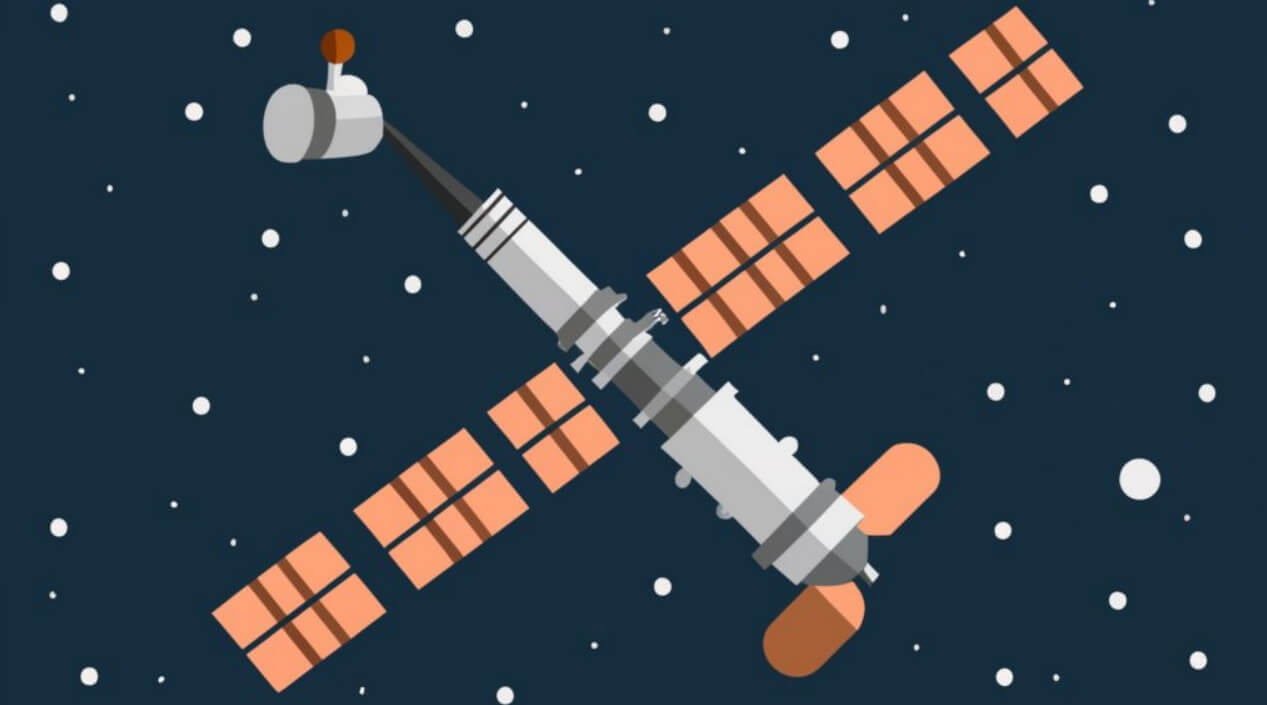The Hubble Space Telescope (HST) (also known as Space Hubble Telescope) is a telescope located in space that has captured stunning images and provided valuable scientific information since it was launched on April 24, 1990. The telescope is named after the famed astronomer Edwin Hubble and was developed as a joint venture between NASA and the European Space Agency (ESA).

Here are some key points about the Hubble Space Telescope:
- Purpose: The primary goal of the Hubble Space Telescope is to observe distant celestial objects with unprecedented clarity and detail. It has contributed significantly to our understanding of the universe, from studying distant galaxies and nebulae to observing planets within our solar system.
- Observations: Hubble has observed many astronomical phenomena, including galaxies, nebulae, quasars, and star clusters. Its high-resolution images have been instrumental in discovering new celestial objects and understanding the processes occurring in the cosmos.
- Instruments: Hubble is equipped with various scientific instruments, including cameras and spectrographs, which allow it to capture images in different wavelengths of light and analyze the spectra of distant objects. This versatility enables scientists to study various aspects of the universe.
- Repair and Upgrades: Over the years, Hubble has undergone several servicing missions, during which astronauts have repaired and upgraded its instruments. These missions have extended Hubble’s operational life and improved its capabilities.
- Discoveries: Hubble’s observations have led to numerous groundbreaking discoveries, such as determining the rate of expansion of the universe, providing evidence for the existence of dark energy, and capturing detailed images of distant galaxies and exoplanets.
- Public Outreach: Hubble’s visually stunning images have captured the public’s imagination and have been widely used for educational and outreach purposes. The telescope has become an icon of space exploration, making the wonders of the universe accessible to people around the world.
- Successor Telescopes: While Hubble has been incredibly successful, plans for its successor, the James Webb Space Telescope (JWST), have been underway. The JWST is designed to observe the universe in the infrared spectrum and is expected to provide even more detailed insights into the cosmos.
Hubble space telescope images
You can find Hubble space telescope images on the following websites:
- https://esahubble.org/images/
- https://science.nasa.gov/mission/hubble/multimedia/
- https://www.space.com/best-hubble-space-telescope-images.html
- Space Hubble Telescope – https://hubblesite.org/home
Related Articles:
References:
- Hubble Space Telescope Wikipedia – https://en.wikipedia.org/wiki/Hubble_Space_Telescope